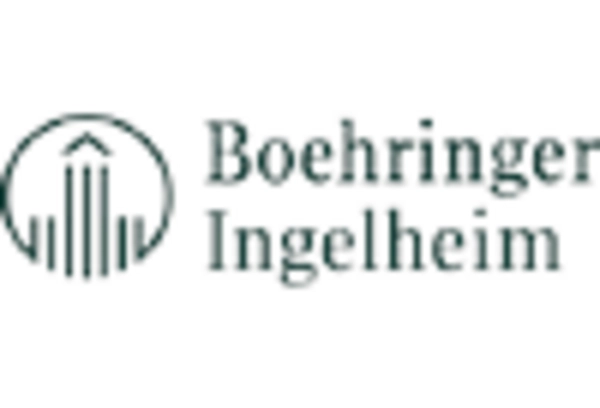Market Share
HbA1c Testing Market Share Analysis
Numerous companies and governmental entities are actively engaged in initiatives aimed at raising awareness about diabetes management and diagnosis, along with funding programs to advance research and development for improved treatment options. An exemplary organization in this regard is the Chinese Diabetes Society (CDS), a prominent national entity dedicated to combating diabetes. The CDS takes proactive measures by organizing various programs and conferences designed to enhance awareness about diabetes. Additionally, these initiatives serve to generate funds that contribute to the ongoing efforts in diabetes treatment and prevention. An impactful collaboration between the CDS, Eli Lilly and Company, and the European Diabetes Association has resulted in the establishment of research funding specifically targeted at young and middle-aged doctors in China. This collaboration not only supports the research community but also underscores the importance of international cooperation in addressing the challenges posed by diabetes.
Turning attention to South Africa, Diabetes South Africa, the South African Diabetes Association (SADA), and the Diabetes Education Society of South Africa (DESSA) are noteworthy organizations actively involved in supporting and advocating for individuals affected by diabetes. These entities play a crucial role in creating awareness, providing support services, and championing the cause of diabetes in the South African context. In India, the Diabetes Association of India (DAI) stands out as an organization collaborating with healthcare professionals to impart training in the best practices for diabetes treatment and prevention. By working closely with medical practitioners, the DAI contributes to enhancing the overall capability of the healthcare sector in effectively addressing the challenges associated with diabetes. The collective efforts of these organizations underscore the global significance of collaborative endeavors in the fight against diabetes. Whether through funding research initiatives, organizing awareness programs, or providing training to healthcare professionals, these entities play a vital role in shaping a comprehensive and effective response to the multifaceted aspects of diabetes. As they continue their advocacy and support activities, these organizations contribute significantly to the ongoing global effort to manage and mitigate the impact of diabetes on individuals and communities.

















Leave a Comment